A321XLR Receives EASA Type Certificate, Ready to Revolutionize Markets
The European Union Aviation Safety Agency (EASA) granted Airbus the type certificate for the A321XLR (with CFM LEAP-1A engines), thus giving the green light for this game-changing aircraft to enter commercial service in many markets by offering a range of up to 4,700 nautical miles (8,700 kilometers). Certification for the model with Pratt & Whitney engines is expected before the end of the year.
The certification process extended for more than five years due to Airbus’s proposed change to include a new fuel tank in the rear center section to increase the aircraft’s range, which was not fully covered under the original CS-25 certification of the A321neo.
EASA described that, in this situation, their approach is to establish what is known as Special Conditions to address any gaps or inadequacies in CS-25. The special condition defines safety standards that any manufacturer wishing to adopt this type of change must meet to achieve certification approval, without prescribing exactly how they should achieve this.
«“The aim of every action taken by EASA is to ensure that the aircraft is safe,» said EASA Executive Director Florian Guillermet. «Our requirements can be quite stringent and pose significant challenges to the manufacturer, in this case Airbus. But we have a truly common aim of ensuring safety,» he added.
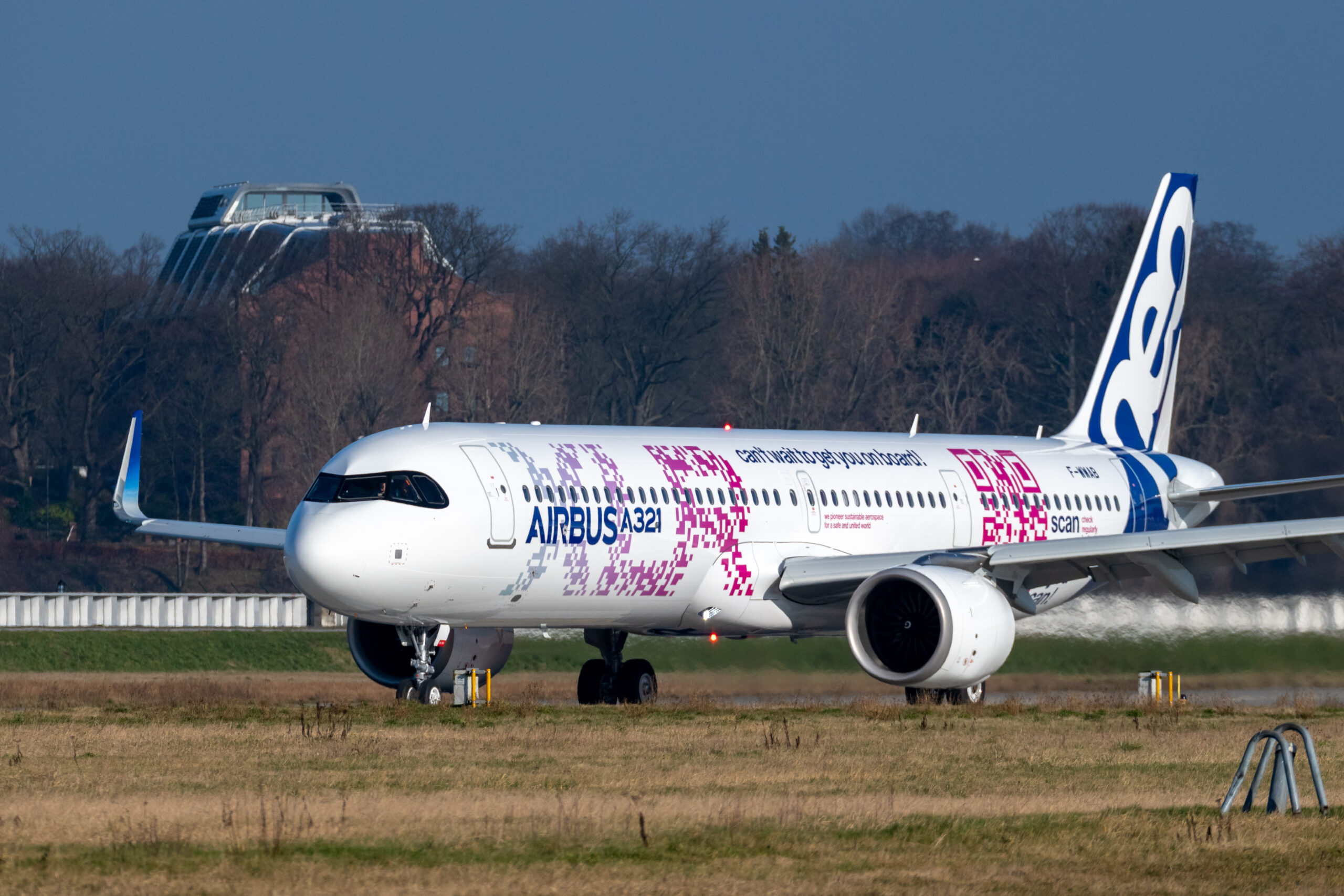
Michael Singer, Head of Department – Large Aeroplanes at EASA, said they needed to ensure «that the design location of the tank would not in itself trigger a safety issue, that the tank was adequately robust and crash resistant, even in a case where the landing gear failed or an unknown threat such as an item on the runway could damage the tank, and finally we wanted proof that if the tank was compromised, the leakage rate would be limited so as not to pose a threat.»
In response, Airbus provided a sophisticated design for the integration of the tank, making it more resilient by including stronger composite materials and additional structural support to protect the fuselage in case of an uncontrolled landing, as well as an interior coating to prevent fuel leaks.
In addition to the fuel tank, the landing gear was also reinforced, and changes were made to specific sections of the structure to allow for the increased take-off weight resulting from the extra fuel.
The certification process for the A321XLR required more than 400 meetings between EASA and Airbus technical experts, 900 flight hours on the three test aircraft, and over 500 documents were produced, reviewed, and signed off.
«Here comes the A321XLR, a differentiated product that brings new value to the market, expanding the possibilities for our airline customers and passengers. With its long range, the A321XLR enables a host of new direct routes, offering natural growth opportunities to our customers and the traveling public. It provides airlines with the efficiency of commonality inside the A320/A321 product range and its versatile cabin a range of service possibilities that are just unique,» said Christian Scherer, CEO of Airbus’s commercial aircraft unit.
The European manufacturer highlights that the A321XLR will be able to coexist with wide-body aircraft in airline fleets, introducing flexibility to add capacity, new routes, or continue operating existing aircraft when demand is variable, all with a 30% lower fuel consumption per seat compared to previous-generation competitor aircraft, and at half the trip cost of current wide-body aircraft.
The A321XLR has accumulated more than 500 orders from airlines such as United, American Airlines, JetSMART, SKY, Iberia, and LATAM, among others. Iberia will be the first operator, expecting to receive the first aircraft during this northern hemisphere summer. The first transatlantic destinations will be Boston and Washington/Dulles starting in October, replacing the Airbus A330-200. Iberia’s A321XLRs will have a configuration of 14 lie-flat seats in Business and 168 seats in Economy.
See also: Iberia Doubles Madrid-Boston Flights with New A321XLR Service
In maps: the range of the A321XLR
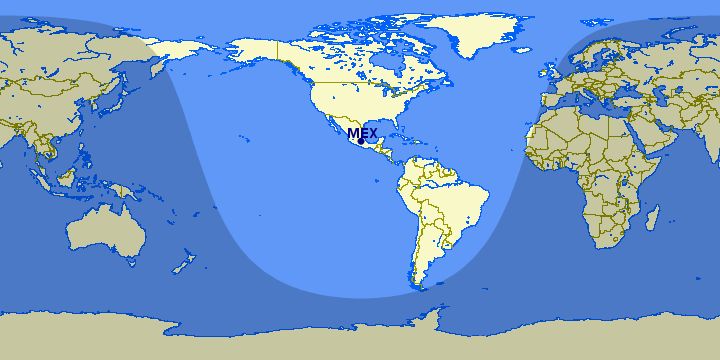
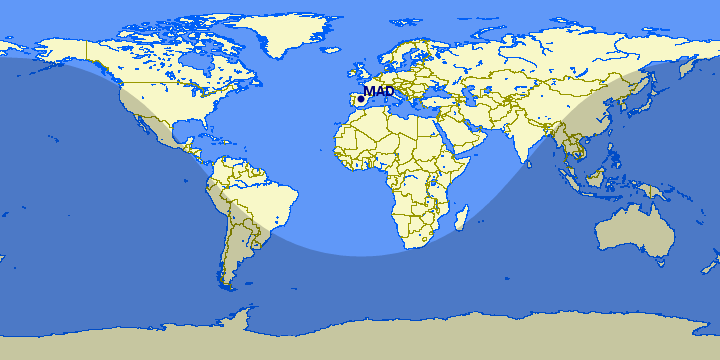
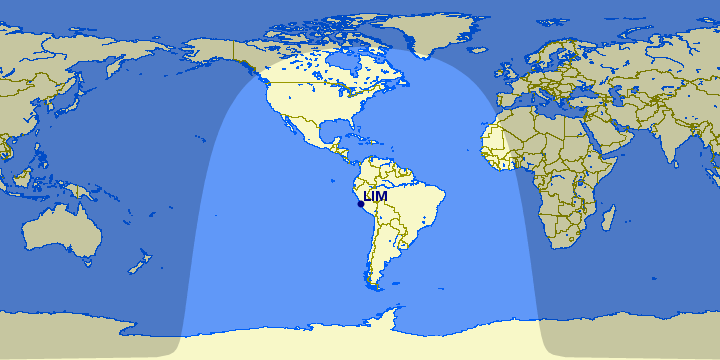

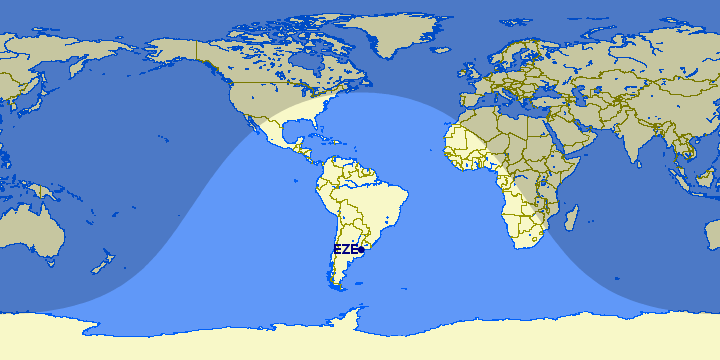



/https://aviacionlinecdn.eleco.com.ar/media/2024/07/A321XLR-certificacion-EASA.webp)
Para comentar, debés estar registradoPor favor, iniciá sesión